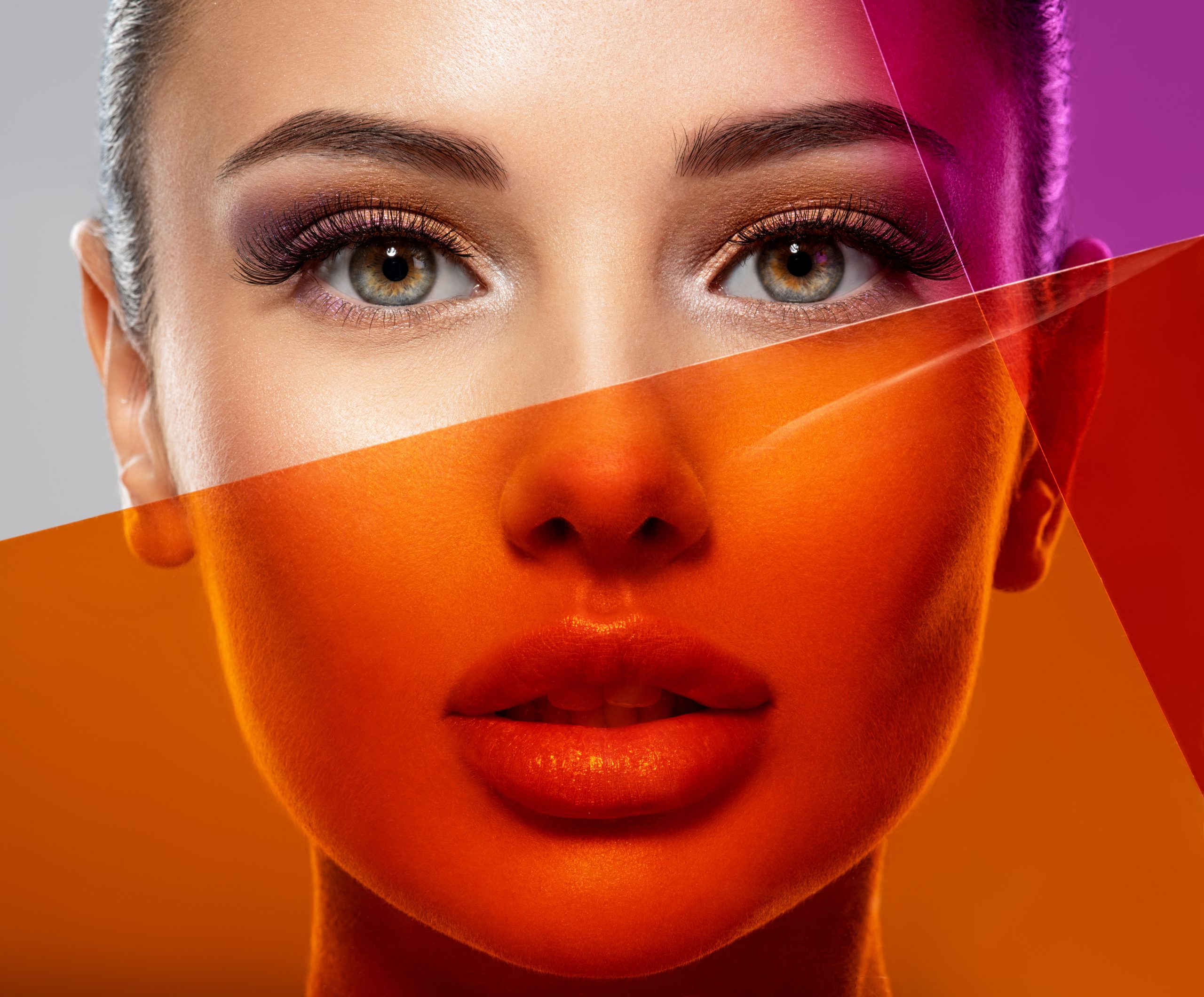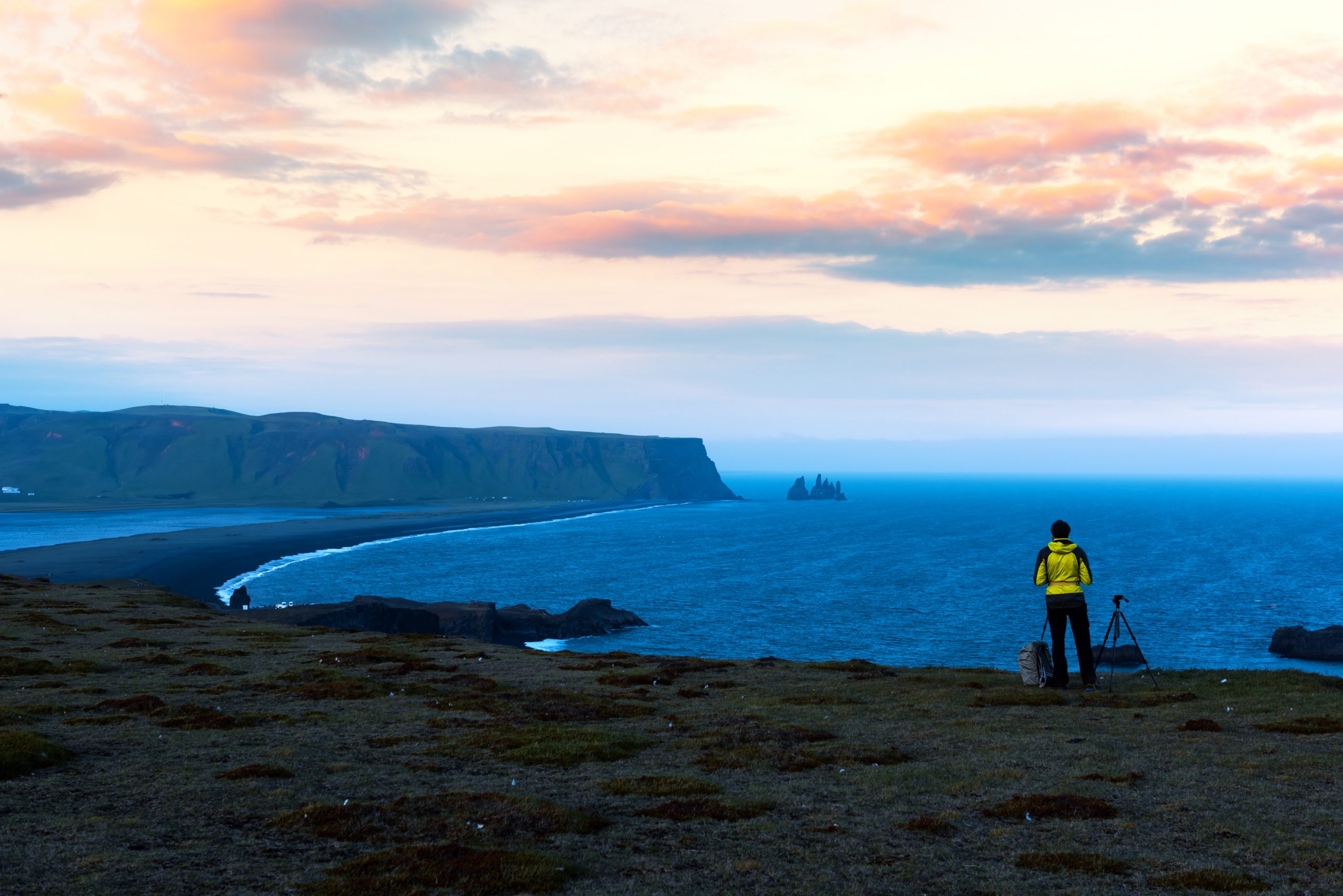In the fast-paced, ever-evolving world of technology, it seems that nearly every aspect of our lives is becoming increasingly digitized. From communication and entertainment to commerce and education, it’s hard to deny the impact that technology has had on our society. But perhaps one of the most intriguing and unexpected areas where technology has made its mark is in the world of art.
For centuries, art has been seen as a strictly analog medium – a skill that required a masterful hand and a keen eye for detail. But with the rise of digital technology, artists of all kinds are now able to explore new techniques and mediums, pushing the boundaries of what was once thought possible. From digital paintings and animations to 3D sculptures and virtual reality experiences, the intersection of technology and art has created a whole new realm of creative possibilities.
So how exactly are artists embracing the digital world? And what does this mean for the future of art as we know it? Let’s take a closer look at the exciting and innovative ways that creatives are using technology to enhance and expand their artistic vision.
Digital Painting: A New Canvas
When we think of traditional painting, we often imagine an artist sitting at an easel, brush in hand, carefully crafting a masterpiece on a canvas. But with the advent of digital painting, the canvas has been replaced with a tablet or computer screen and the paintbrush with a stylus or mouse.
Digital painting has been around for several decades, but it has truly come into its own in recent years with the development of advanced software programs and digital drawing tablets. These tools allow artists to create stunning, high-resolution paintings with an endless array of colors, textures, and effects. And unlike traditional painting, digital painting offers the ability to easily undo mistakes, experiment with different techniques, and save multiple versions of a work in progress.
One artist who has fully embraced digital painting is David Hockney, a British painter known for his vibrant and bold landscapes. In 2012, Hockney began creating his works exclusively on an iPad, using the app Procreate. This shift to digital painting not only allowed him to work more quickly and efficiently, but it also opened up a whole new world of possibilities for his art. With the use of layers and digital brushes, Hockney was able to create paintings that were more detailed and complex than ever before.
But digital painting isn’t just limited to replicating traditional styles. Many artists are using it as a means to explore abstract and experimental forms of art. For example, New York-based artist Joshua Davis creates intricate, kaleidoscopic designs using a combination of programming and digital painting techniques. His work blurs the lines between art and technology, showcasing the limitless potential of digital painting.
3D Printing: Sculpting in the Digital Age
When we think of sculpture, we often think of the painstaking process of molding and chiseling away at a block of stone or clay. But with the invention of 3D printing, sculpting has entered the digital realm.
3D printing, also known as additive manufacturing, is a process of creating three-dimensional objects by depositing layers of material on top of one another. This technology has revolutionized the world of sculpture, allowing artists to bring their digital designs to life in physical form.
One artist who has fully embraced 3D printing is Janet Echelman. Her massive, billowing sculptures, made from a combination of traditional and printed materials, have been featured in cities around the world. Echelman’s process involves using computer software to design intricate patterns and shapes, which are then printed in sections and assembled into a final sculpture. This unique combination of technology and traditional artistry has resulted in stunning, larger-than-life creations that seem to defy gravity.
But 3D printing isn’t just for large-scale sculptures. Many artists are using this technology to create intricate and delicate works of art, such as jewelry and figurines. And with the ability to print in a variety of materials, including metals, plastics, and even food, the possibilities for 3D printing in the art world are endless.
Virtual and Augmented Reality: A New Dimension of Art
Perhaps one of the most exciting and rapidly expanding areas at the intersection of technology and art is virtual and augmented reality. These immersive technologies allow artists to create digital experiences that transport viewers into new worlds and dimensions.
Virtual reality (VR) involves using a headset or other device to fully immerse oneself in a computer-generated environment. This technology has been embraced by artists, allowing them to create interactive and immersive experiences that push the boundaries of traditional art forms. For example, the virtual reality artwork “Museum of Symmetry” by Paloma Dawkins invites viewers to explore a colorful and whimsical world filled with animated creatures and landscapes.
Augmented reality (AR), on the other hand, involves overlaying digital elements onto the real world, typically viewed through a smartphone or tablet. This technology has been used by artists to add a new layer of depth and interactivity to their work. For example, the artist KAWS created a series of AR sculptures that could be viewed through a special app, bringing his iconic characters to life in the real world.
The Future of Art: Where Technology and Creativity Collide
As technology continues to advance and evolve, the possibilities for its intersection with art are seemingly limitless. From digital paintings and 3D sculptures to virtual and augmented reality experiences, technology has opened up a whole new realm of creative possibilities for artists. And as these mediums continue to be explored and refined, it’s clear that the boundaries between technology and art will only continue to blur.
But what does this mean for the future of art? Will technology eventually replace traditional artistic mediums? Or will it simply add a new layer of innovation and flexibility to the art world? Only time will tell, but one thing is for sure – the intersection of technology and art is a constantly evolving and fascinating space that is sure to inspire and challenge creatives for generations to come.




